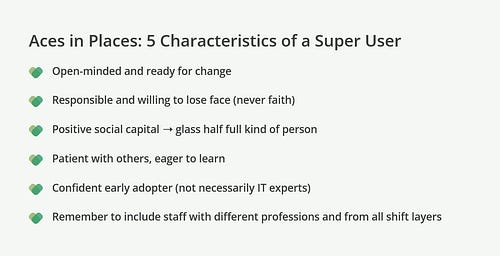About Self-Service BI
As it is widely spread – Self-service BI empowers non-technical employees to independently access, analyze, & visualize data, creating reports & dashboards without needing IT assistance, leading to faster decision-making, reduced IT bottlenecks, & greater data democratization within an organization.
It utilizes user-friendly tools, such as drag-and-drop interfaces & pre-built templates, to make data analysis accessible to business users across various departments.
How Self-Service BI Works
User-Friendly Tools:
Self-service BI platforms provide intuitive, often no-code tools that allow users to manipulate data through features like drag-and-drop interfaces, built-in connectors to data sources, and pre-built templates.
Data Preparation:
The system prepares and structures organizational data, often through data integration and transformation processes, to make it ready for analysis and consumption by business users.
Independent Exploration:
Users can explore datasets, create customized reports, and generate visualizations to gain insights relevant to their specific business needs.
Collaboration:
Users can share their findings and collaborate with colleagues, further promoting data-driven decision-making across the organization.
Key Benefits
Faster Decision-Making:
Users can get answers to their questions quickly, without waiting for IT, which speeds up the decision-making process.
Reduced IT Bottlenecks:
By enabling users to perform their own data tasks, IT departments are freed up from numerous requests, allowing them to focus on more complex projects.
Empowered Employees:
Employees gain greater autonomy and confidence in making data-informed decisions.
Data Democratization:
It makes data accessible to a wider range of employees, fostering a data-driven culture throughout the organization.
Increased Productivity:
Both technical and non-technical teams become more productive as data can be easily accessed and analyzed.
Key Components
- Data Sources: Connections to various internal and external data sources.
- Data Warehousing: A centralized repository for storing and managing data.
- Visualization Tools: Software that allows users to create charts, graphs, and dashboards.
- Data Modeling: Creating structured, user-friendly data models for analysis.
Some thoughts on the Self-Service BI concept.
01 – What about the User-Friendly tools: To be honest, according to my experience, it is quite beneficial for a company to have a self-service BI method of distributing that tech to employees and have it available, yet, there is an issue that is often disregarded.
Tech or the App may be user-friendly, but it is not tech-experience-agnostic. Which means that it is user-friendly, but not for all kinds of employees. For sure, the employees that are going to use the BI app or system, must have some kind of minimal systems and tech literacy, otherwise, self-service is not offering anything to them.
Additionally, regardless of Self-service method, all levels of users, need training and manuals (written materials) for the usage of the app, an issue very often (if not always) avoided or rejected, or forgotten.
02 – Data preparation: Data preparation is not a burden for those end-users employees that will benefit from the self-service BI app, but in the background or backstage, there are other people that are acting as the Data preparation, data cleaning, data setup, data schema designers etc, for having these data available for the self-service concept and the end – users. We must never forget this.
03 – Independent Exploration: Again I strongly believe that independent exploration can be done only by employees that have some basic expereience of the tech that they are going to use. And of course training & manuals will be handy at all times.
04 – IT Bottlenecks: last but not least, IT team that is going to be responsible for that Self-Service BI tech, will have an adequate share of the so called decreased bottleneck, since the End-users in self-service cases, A) have no cpability of solving tech issues of the app, B) have no access rights of the kind that is needed for resolving issues.
See you soon.
IV



